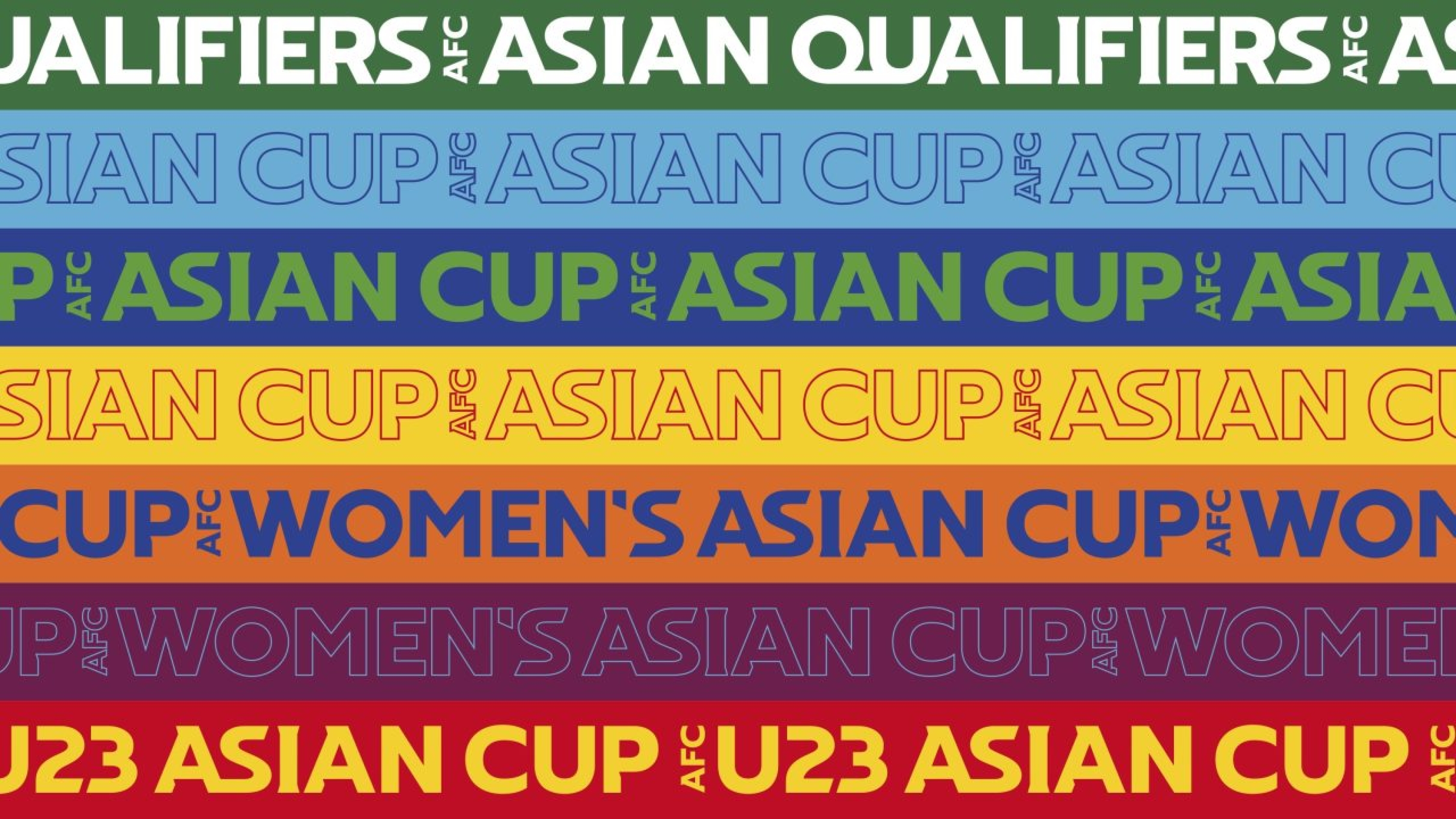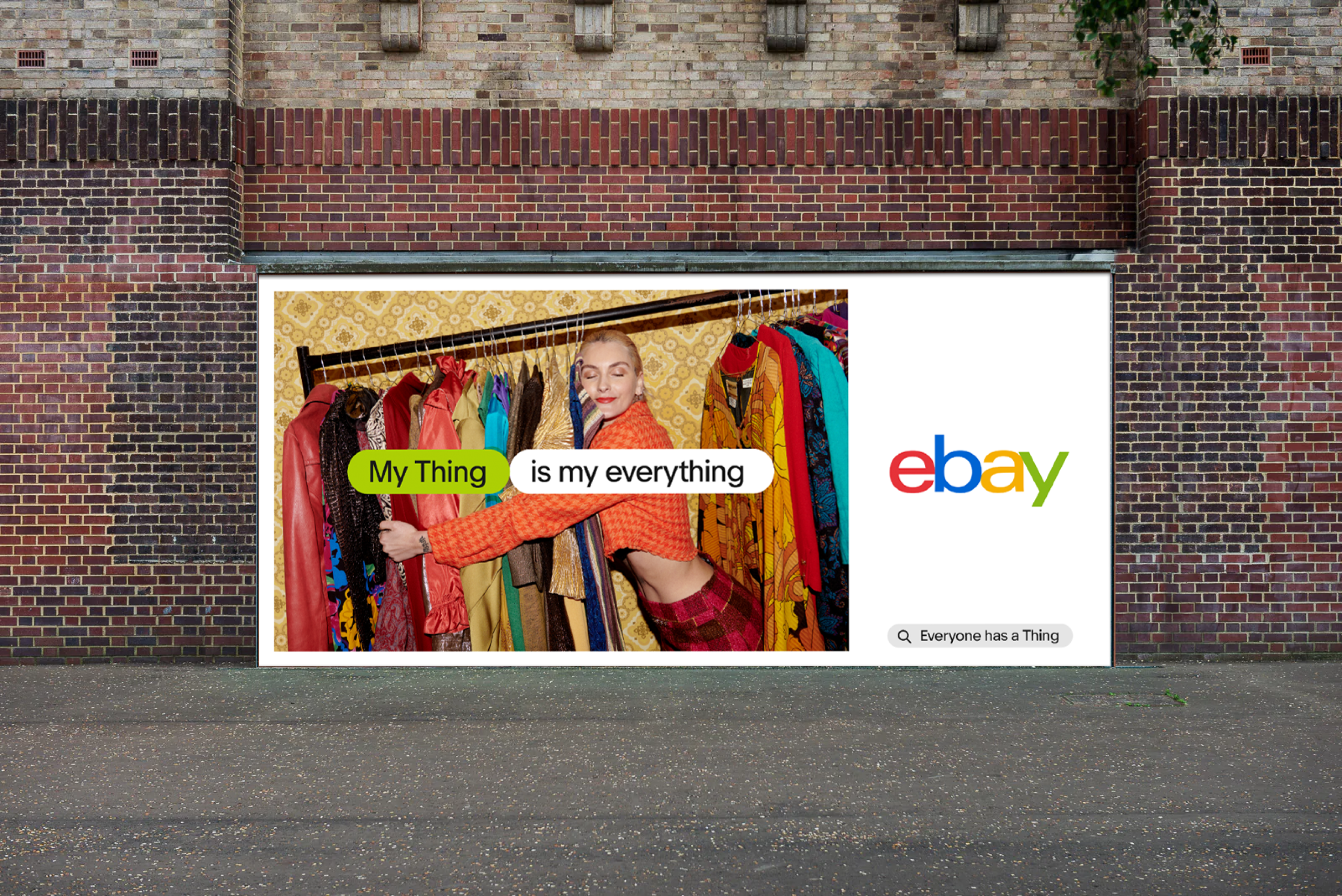

Burberry is back, quite literally
Burberry is back, quite literally.
Back to a logo from 1901.
Back to an authentic story of its Britishness.
Back to a meaningful sense of 'why buy' Burberry, for customers and connoisseurs alike.
You can delete your Instagram history – as happened before the launch of Burberry's latest branding and campaign – but you shouldn't ignore your heritage, especially not when you've been in business since 1856.
The homogenisation of brands has become a digital curse, brands robbed of their distinctiveness in the name of seamless experiences that are as friction-free as they are forgettable. So it's genuinely interesting to see Burberry bucking a trend that it fuelled with its own minimalist rebrand in 2018.
Look up from your screen and you'll see a world filled with the kind of complexity that's likely to stop you in your tracks, everything from panoramic sunrises to exotic plumages. Brands need to be no less distinctive if they're to make their mark, hence the importance and value of 'distinctive brand assets' to help a brand assert its presence and profile in our hearts and minds.
That's not to ignore the fact that the proof will be in the product. Over the years, the once inseparable worlds of product and marketing have come loose and unbundled. Which is senseless given that 'product' is perhaps the most important of the four Ps of marketing.
So, if we assume that the products are as good as the refreshed brand, then Burberry has come to its senses. Because only by standing out does a brand in this digital age truly click.
What might other brands learn in general? Well, the first point to learn is that there is no such thing as generalisation when it comes to branding. It must mean something different and distinct to each and every business, product or service. That requires that you understand your DNA, you gather insight into your customers, and you apply foresight to how competitive forces might shape the future – all in order to identify the intersection and unlock your competitive advantage.
For Burberry, in simple terms, it seems that they have rediscovered their DNA, reconnected with their customers' needs and desires in the context of luxury products and experiences, and identified the opportunity to convert a distinct sense of character into real competitive advantage.
But one word of caution, not only does a brand mean something different to different businesses, products and services, it also plays a different role in driving choice from one sector to the next. In fact, branding plays a much bigger role in the choices that customers make in the luxury sector than it does in the finance sector.
Just because the brand is big business for Burberry, it doesn't necessarily mean the same is true for yours – what Burberry seems to understand is the correlation between its brand and its business. Do you know how your brand creates value for your business?
A version of this article was first published by Mumbrella on 10 February 2023.
Related articles

Asian Football Confederation getting results after rebrand by FutureBrand Australia
The new branding has contributed to 14% market growth and 104m new fans across Asia.

A new future for Air Tahiti Nui
In celebration of 20 years in flight and a new fleet to take off in October, Air Tahiti Nui has partnered with FutureBrand to refresh its visual identity.

People's passions at the heart of eBay's new brand platform
eBay Australia goes back to its roots to celebrate its diverse community of buyers and sellers.